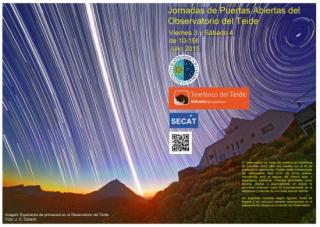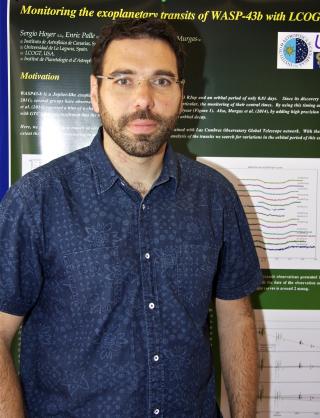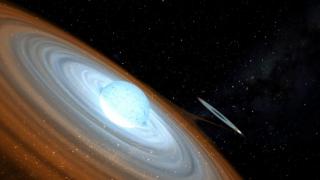
Anyone who wants to get to know this Observatory may, as part of a group, take a look at the telescopes with which the stars are observed, can make observations directly, and can learn the basic concepts of astronomy
Advertised on
This section includes scientific and technological news from the IAC and its Observatories, as well as press releases on scientific and technological results, astronomical events, educational projects, outreach activities and institutional events.





